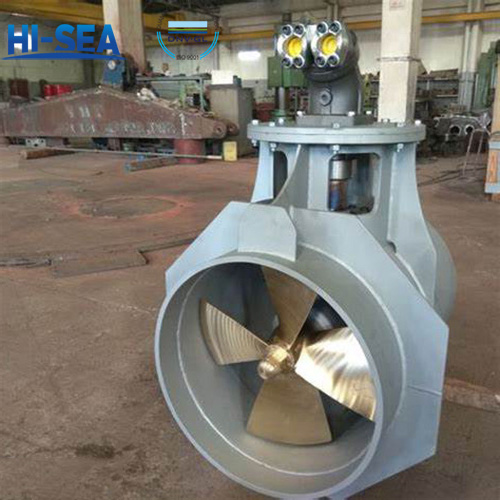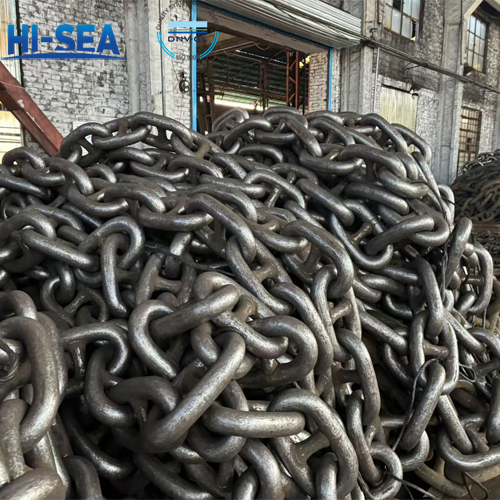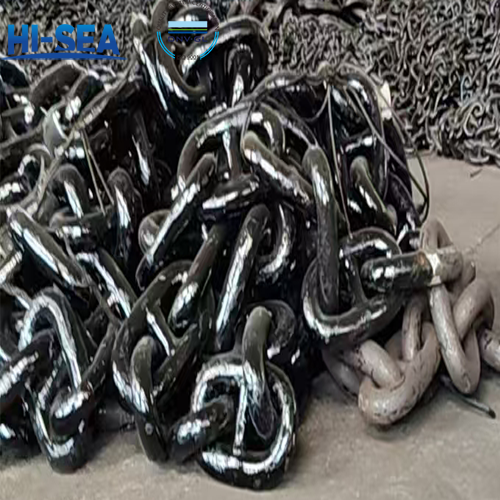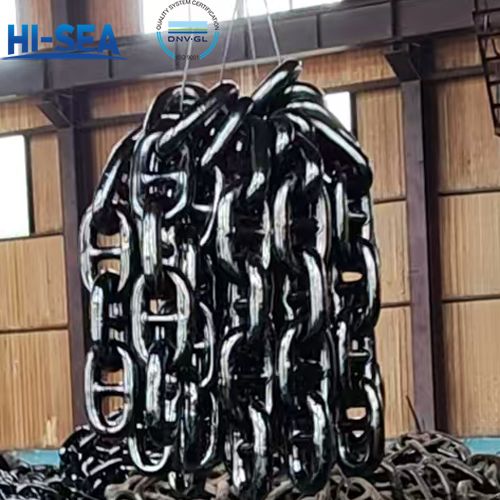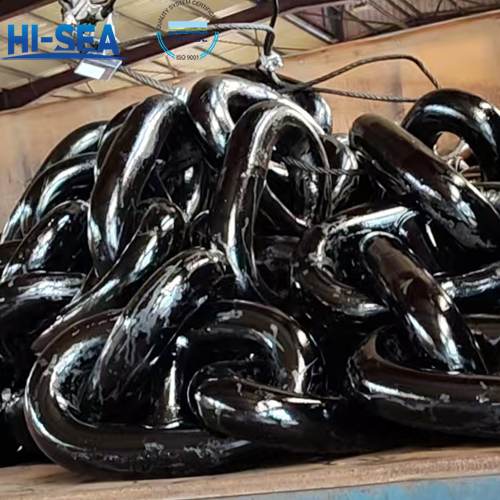
What is the working principle of marine bow thruster
A marine bow thruster is a propulsion device that is mounted at the bow (front) of a ship to provide lateral thrust, allowing the vessel to maneuver more easily in tight spaces or adverse weather conditions.
The bow thruster is typically powered by an electric motor or hydraulic system that drives a propeller located in a tunnel or tube beneath the waterline at the bow of the ship.
When the bow thruster is activated, the propeller generates a horizontal thrust force that pushes water in the desired direction, either to the port (left) or starboard (right).
By controlling the direction and intensity of the thrust, the ship's captain or pilot can steer the vessel more precisely and quickly, especially in situations where traditional propulsion systems may not provide enough manoeuvrability.
The bow thruster can be operated independently of the main propulsion system, allowing for greater flexibility and control during docking, undocking, or navigating through narrow channels.
Overview
A marine bow thruster is a propulsion device installed in the bow (front) of a ship to aid in maneuvering, especially during docking, undocking, and low-speed navigation. The working principle of a bow thruster is based on generating lateral thrust to move the bow sideways, which helps the vessel turn or maneuver more precisely in confined spaces.
For more marine bow/tunnel thruster information, please click here.
Working Principle:
A bow thruster is actually a propeller propeller that uses the rotation of the propeller to generate thrust in the water flow. The difference is that its installation position makes the direction of the generated thrust perpendicular to the longitudinal centre plane of the hull, forming lateral thrust. The main engine drives the blades of the propeller through vertical transmission gears and right-angle transmission gears. The entire propeller is placed in a transversely penetrating guide tube in the bow of the ship. The grille is used to protect the propeller and has a certain strength and toughness. However, an excessively thick and dense grille will affect work efficiency. When the main engine is started, the propeller causes water to flow left or right through the grid and out of the hull. According to the principle of acting on reaction, lateral reaction thrust is received on the ship.
The bow thrusters installed on the ship are all tunnel thrusters. When they work, they use the thrust generated by the spiral dye arranged in the transverse duct to redirect the ship. To increase the use effect of the forward thruster, some ships also have a hollow and left-right balanced duct on their rear side.
Propeller: The bow thruster consists of a transverse tunnel built into the ship’s hull, near the bow. Inside this tunnel, there is a propeller driven by an electric motor or hydraulic system. Some bow thrusters use multiple small propellers instead of one large one.
Lateral Thrust: When activated, the motor spins the propeller, pushing water through the tunnel from one side of the ship to the other. This creates lateral thrust that moves the bow to the side (port or starboard), depending on the direction in which the propeller is rotating.
Controlled Operation: The bow thruster can be controlled from the ship’s bridge. The operator can adjust the direction and the amount of thrust by controlling the speed and rotation direction of the propeller. This allows for fine-tuned control over the ship's movement, especially in tight docking situations.
Hydrodynamic Considerations: The design and placement of the tunnel and propeller are crucial to ensure efficient water flow and minimize resistance. The tunnel is usually positioned below the waterline to ensure it remains effective at all times.
Power Source: Bow thrusters can be powered by the ship's main electrical system or by a dedicated hydraulic system. The choice of power source often depends on the size of the vessel and the expected operational demands on the thruster.
Applications:
Bow thrusters are particularly useful for large ships, such as cruise liners, container ships, and tankers, where traditional steering via the rudder is less effective at low speeds. They are also common in smaller vessels, such as yachts, to enhance maneuverability in marinas.

